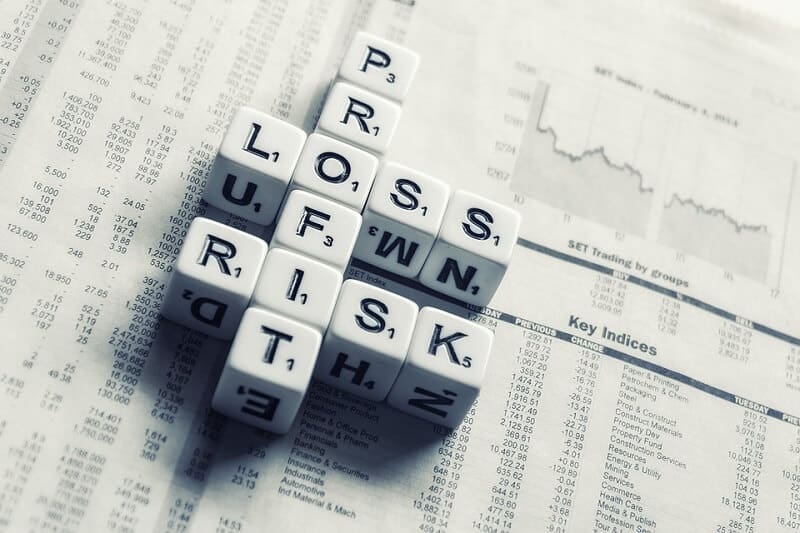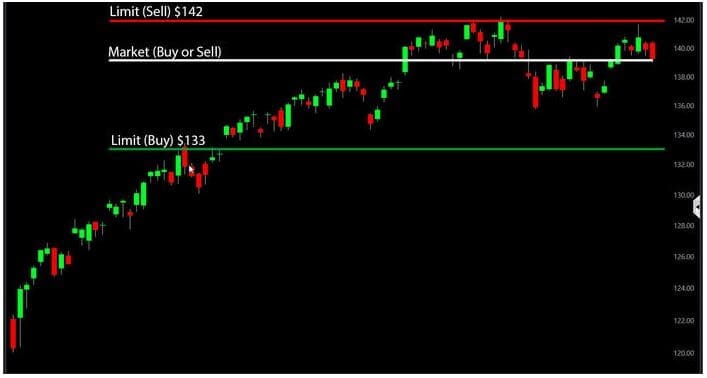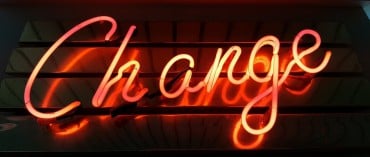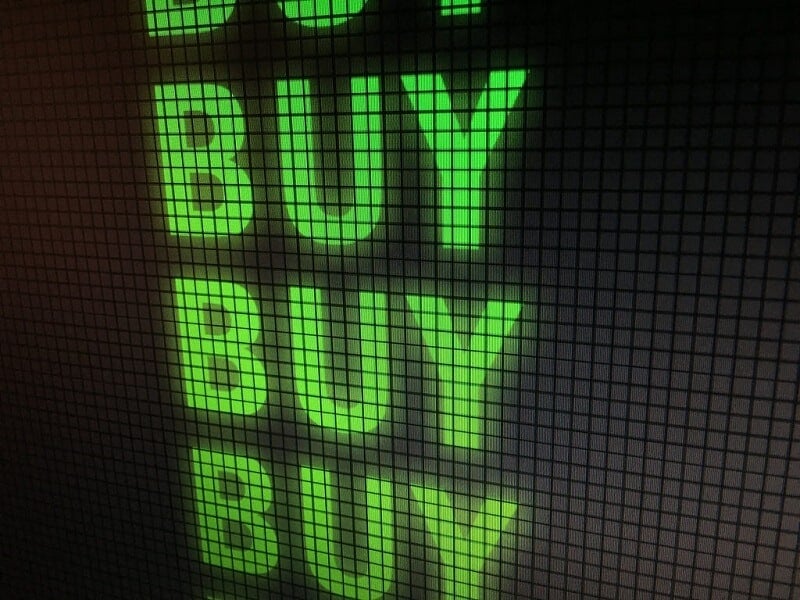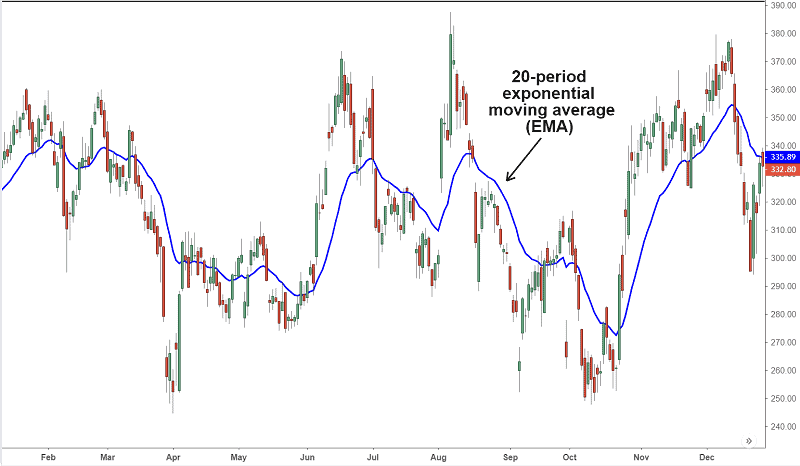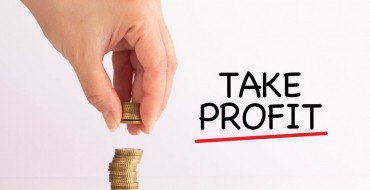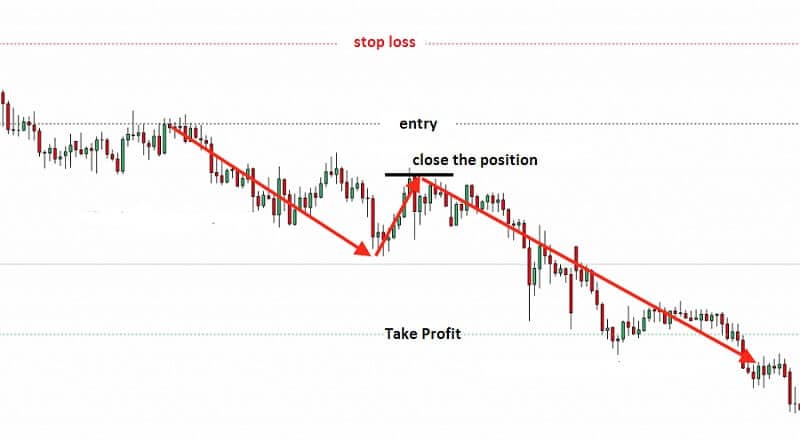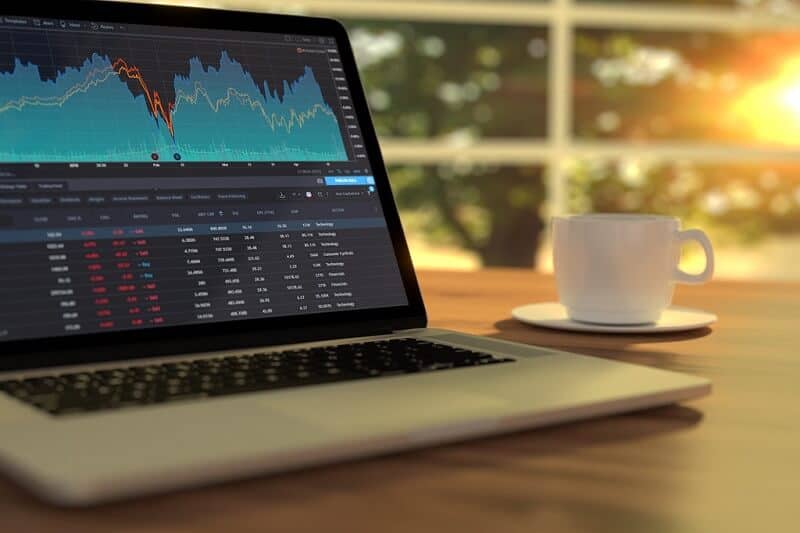
Here is how to protect your investment with different models of asset allocation
By Guy Avtalyon
Asset allocation models are the way to split your investment into different asset classes: stocks, mutual funds, bonds, private equity, etc. That will give you the possibility to lessen the risk of your investment. Every asset class carries some level of risk but different. For example, if the value of bonds rises, the stocks will fall. When the market is falling, real estate may provide you a nice return.
The point is to have a diversified portfolio built by the asset allocation model among asset classes. Every investor has its own model of asset allocation. It is based on individual investing goals and risk tolerance.
Also, personal asset classes can be separated into different sectors.
You can use different types of asset allocation models.
Asset allocation model created by your needs
For example, for some investors equities are more favorable than other asset classes. Or if you are in serious ages you may prefer to put your money in some source of fixed income that can provide you stable retirement income because your goal is to save what you earned during your working life. Thus, you are not worried about market fluctuations. So, you may have the majority of your portfolio in stocks.
But if you are a younger investor you may prefer some investment with faster returns.
What are the different models
Most asset allocation models come into four models: growth, preservation of capital, income, balanced.
The growth asset allocation model is suitable for beginners interested in long-term investments. If you are at the beginning of your professional career you will be interested to deposit some amount every year in long-term investment such as common stocks that may not pay you dividends but can be good in the long run. Fund managers could advise you to invest in some foreign equities to diversify your portfolio.
But if you want to preserve your capital you will like some other model of asset allocation, like preservation of capital. This model will suit you if you want to avoid risk to lose even a small part of your investment because you would like to use it in the next 12 months, for example, to buy a house. In this case, your investment portfolio will have about 80% in treasuries or commercial papers. There is some risk in this model of asset allocation due to the inflation that can lessen your buying power. Think about that.
Income as an asset allocation model
The usual income investor comes from a group of people near retirement because the need for cash in hand is of essential importance.
The balanced model of asset allocation is kind of halfway between income and growth. It is a compromise between long-term growth and current income. This mixture of assets that can provide cash but also the growth of principal value.
Balanced portfolios is built of medium-term investment and stocks of well-established companies.
The investor’s needs may change during the time.
The asset allocation will follow that change. For that reason, it is always smart to switch a portion of your investments before the important life changes. Do it occasionally. For example, you could move 10% of your investments to the income allocation model yearly as you are approaching retirement. So, you will have the whole of your portfolio adjusted to your new goals.






